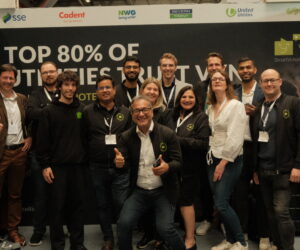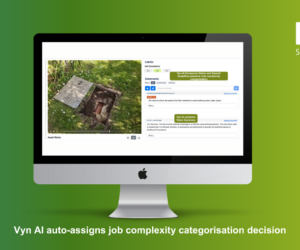Is it a missed Opportunity?
I find it fascinating that very few business leaders talk of workflows or processes in their business updates. It is rarely a subject of discussion in strategic planning and board meetings. The leaders are engaged (and often obsessed) with visions and milestones and the mantle of setting up the day-to-day working system (to realise those goals) is left for others to work out.
Even in today’s world where digitisation and transformation are buzz words, most leaders are following the hype curve and adopting the processes, tools, technologies that they see around them. Induction of new technology – digital, mobile, automation or AI – is seen as a checklist, something that has to be done as a badge of innovation. In most cases it seems to be viewed with the lens of cost reduction and the first instinct is to explore automation of existing workflows and processes; very few organisations invest in building it up as a competitive advantage or an opportunity to innovate customer experience.
The power of process innovation
Every now and then we come across companies that surprise us with the power of process innovation. I was very excited when I read of an anecdote related by Hans Rosling in his book Factfulness: Hans tells us that he was invited by UNICEF to investigate a bid for a contract of malaria tablets to Angola – an unbelievably low bid by a small family business (Rivopharm) based on Lugano in the Swiss Alps. The bid caught everyone’s attention, as the price was lower than the cost of the raw materials. Hans visited the factory to inspect and came back highly impressed. They had achieved this impossible task of delivering a cheap solution through two unique strategies – first, they had used technology to automate their process (which allowed them to manufacture and prepare the shipment in just 3 days); and second, they had converted their payment terms into a business advantage – where UNICEF payment was received within four days. The raw material supplier gave them a credit of 30 days – and they simply routed the interest earned on 26 days to pass the benefit back and cut down the prices! This is a perfect case study to demonstrate the power of a process – any process – be it manufacturing, development, logistics or business.
If you are still not convinced and somewhat skeptical that this may work on a small scale but is not a practical approach for a large or complex business, then there is no better example today than Amazon – even without having the benefit of internal insights – I can say with conviction that they owe their success to process and technology. They have oriented themselves to let technology drive their processes (and not the other way around) – and that has made all the difference. Whether it is the use of technology, robots or AI – it’s central to their process. Some of this is highly visible (an edge for the future), such as the autonomous Prime Air delivery drones; the Amazon Go convenience store that uses machine vision to eliminate checkout lines, but others are like the hidden layers (of a neural network) that run their magic of optimisation and deliver predictions with the least cost solution – be it the machine learning algorithms that drive demand forecasting, product search ranking, recommendations (product, deals), fraud detection etc. or other automations that enable Amazon to improve core operations.
A need for dynamic, adaptive workflows
It has been seen – again and again – that the workflow (or process) is a leading indicator of success. And yet, it is always relegated to the side – why? Is it because it falls way behind in hype and glamour? It surely is a missed opportunity, as it seems to hold the edge for the future – especially with the growing applications of AI, predictions and automation.
The workflows of the future will need to be dynamic and adaptive to constantly changing inputs and predictions. But we have to be careful not to force fit new technologies into existing processes – that will only return incremental improvement. Instead, we should view technology and process innovation as a tool to create a step change.
Technology driven innovative processes will turn out to be the biggest competitive advantage in the new era of AI driven automation. But a word of caution – even as we design and deploy these new processes, we should never forget that process is not a proxy for results. We should always stay vigilant – constantly reviewing the outcomes and adapting the processes…
Arti is our CTO and co-founder. She often writes down reflections on her experiences and readings. Read her short bio or browse her collection of LinkedIn Pulse articles.
At vyn, we help our customers reimagine their workflows, combining human and AI to accelerate business outcomes.



